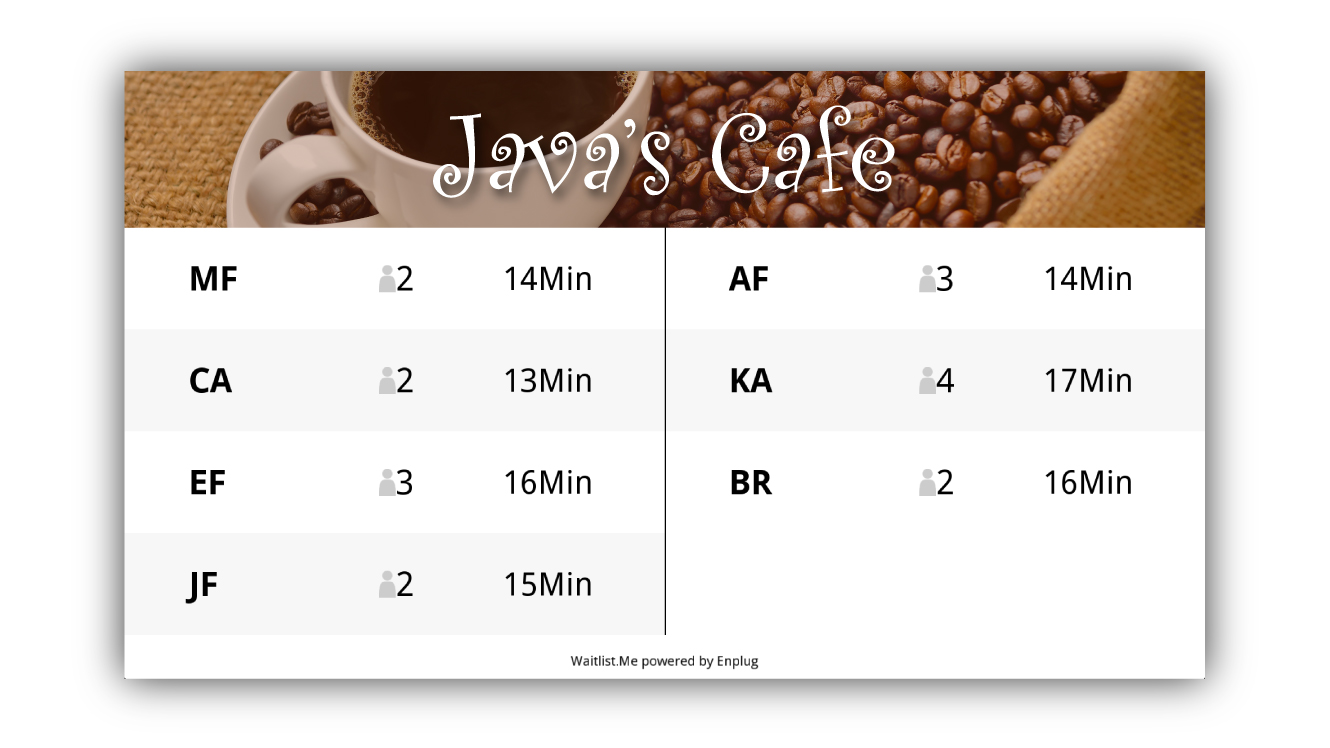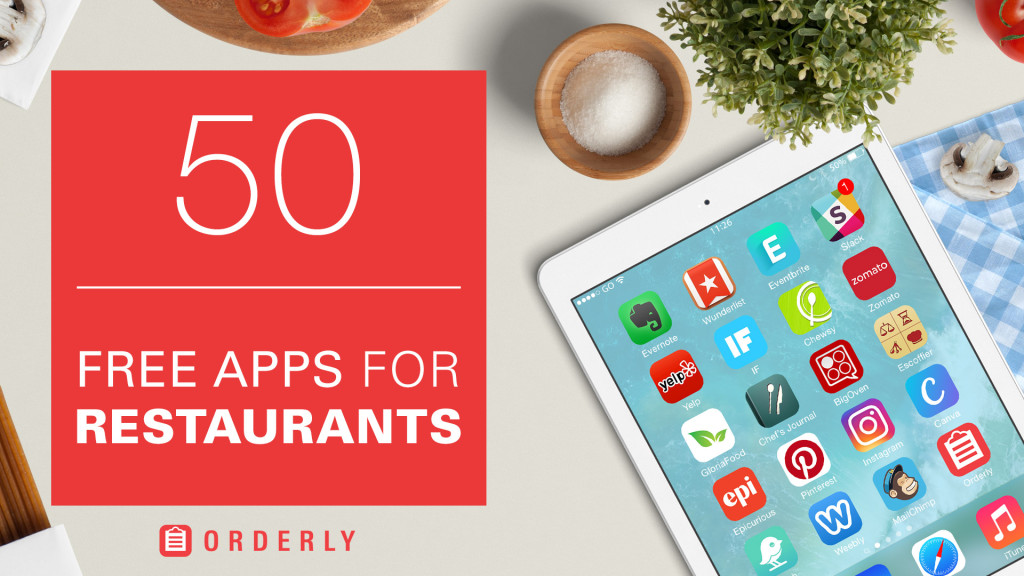Byline: Brittany Taylor
If you’re American, you may recognize the word “queue” from your Netflix app. If you’re British, you can’t think why anyone would use the word “line” when “queue” is the obvious choice. If you’re Canadian, you’re more likely to think in terms of waiting in line, but probably wouldn’t worry too much if told told to “queue up.” Whether you think in terms of a waitlist or queue management system, Waitlist Me can help.
What’s behind the way we wait? Let’s take a look…
Where the idea of “lining up” came from
Despite the eternity you waited in traffic this morning, the idea of forming an orderly line hasn’t been around forever. It didn’t become a popular convention until after the turn of the 19th century. That was when the industrial revolution began to concentrate large populations in towns.
As more and more people moved into cities, the way they bought things changed. Instead of markets, individuals frequented shops. What else changed? The way people worked. As factories, mines, and, later, offices became the norm, workers had to get through the door—literally—and lines became a daily occurrence.
What’s up, Britain?
Across the United Kingdom, the queue reigns supreme. Like its penchant for afternoon tea, though, queueing is an imported custom. The word itself is French for a braid or plait, and it’s derived from a Latin word that means “tail.” By the early 19th century, it had come to mean a line of people, but it wasn’t until World War II that the idea of the queue became part of the British identity.
As Great Britain entered the war, its government talked up the notion of citizens doing their duty and taking turns. Queueing became a symbol of that, “of decency, fair play, and democracy,” reports another British institution, the BBC. After the war, opposition politicians flipped that idea on its head. Queueing became a sign of societal problems and government inefficiencies. Public resentment grew and the occasional queue-related fisticuffs ensued.
Today, Brits are still ardent queuers, and while they’re proud of their reputation for polite queueing, they’re not very happy about the waiting itself. For many, it’s a stressful experience focused on doing one’s duty and ensuring everyone else does, too.
America’s love-hate relationship with waitlists
Lines, like most things before the Internet Age, came to America a little late. Once they arrived, though, they took hold. Many moments in U.S. history come with their own lines, from the bread lines of the Great Depression to gas lines during the oil crisis.
The American approach to lines is pretty similar to America’s approach to life. On one hand, there’s egalitarianism. This is the United States, after all, the land of plenty and equal opportunity! There’s enough for everyone, and if you wait for your turn, you’ll get what you want. On the other hand, there’s capitalism. In America, it’s a race to the top. We’re always working for more, and sometimes there isn’t enough to go around.
This dual approach is why Americans are both happy to wait their turn and anxious about the whole waiting-in-line experience. Americans want to be good citizens, but they also want what they want, and if getting it is in question, they start stressing out about what they can do better to make their goals a reality. Could I choose a shorter line? Can I cut? Can I bribe the hostess?
It’s a competitive experience that’s uniquely American, but it also creates a build-up of unnecessary stress. Folks in the U.S. wait in line an average of 37 billion hours each year. That’s a lot of anxiety!
Then, there’s Canada, the chillest line-waiter of them all
The Great White North is all about maple leaves, Mounties, and, yes, waitlists. While using the word “queue” won’t raise many eyebrows, Canada falls firmly on the “we wait in lines” side of the debate.
Canada takes its lines—or lineups, as they prefer to call them—seriously. Our favorite example: International students at Canadian universities are often required to take etiquette classes during orientation. Mastering the lineup is on the syllabus right after learning how to say “hello.”
True to form (and its reputation as the global nice guy), Canada’s relationship with lines is based in its dedication to upholding polite society. Along with apologies and punctuality, the omnipresent lineup is an unspoken agreement that every Canadian, can mind their manners, relax while they wait, and still get what they want.
Waitlist Me makes queues, waitlists, and lineups better across the globe
Our goal is to make your customers’ waiting experience better. Happier customers lead to better bottom lines—and that’s exactly what we want for your business. Our app is now available in more than 60 countries, so wherever you are and whatever you do, we’re here to help.


